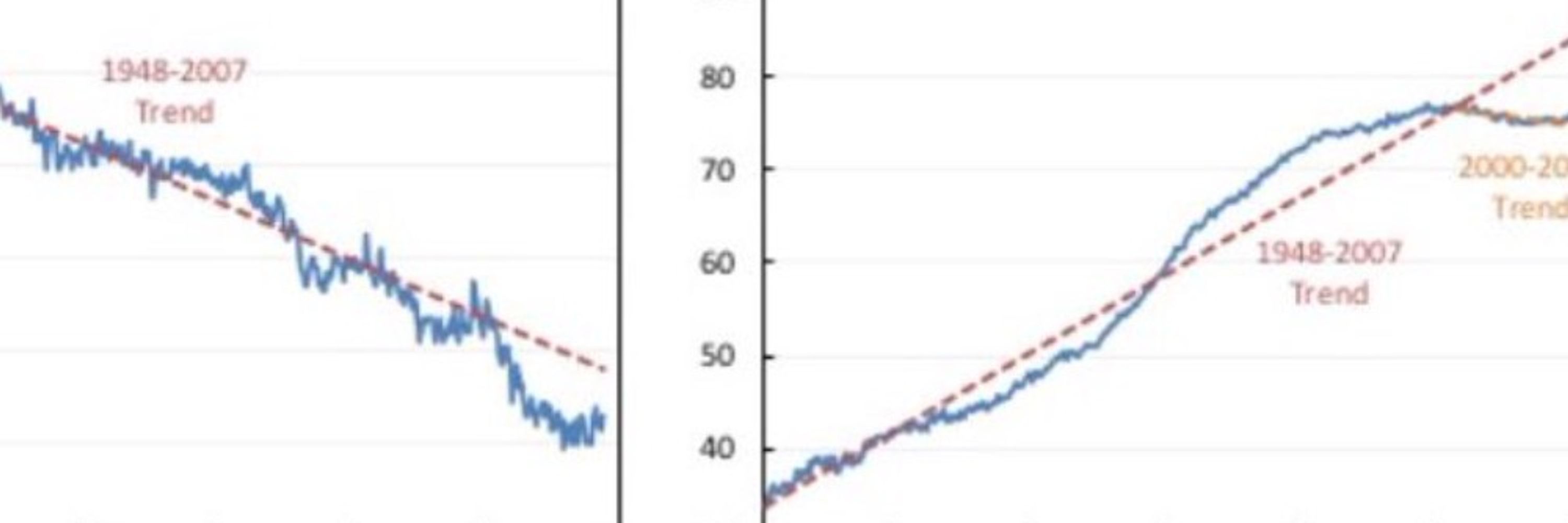Jason Furman
@jasonfurman.bsky.social
24K followers
230 following
870 posts
Professor at Harvard. Teaches Ec 10, some posts might be educational. Also Senior Fellow @PIIE.com & contributor
@nytopinion.nytimes.com. Was Chair of President Obama's CEA.
Posts
Media
Videos
Starter Packs







